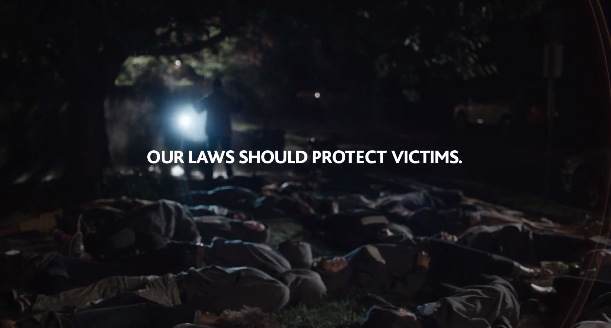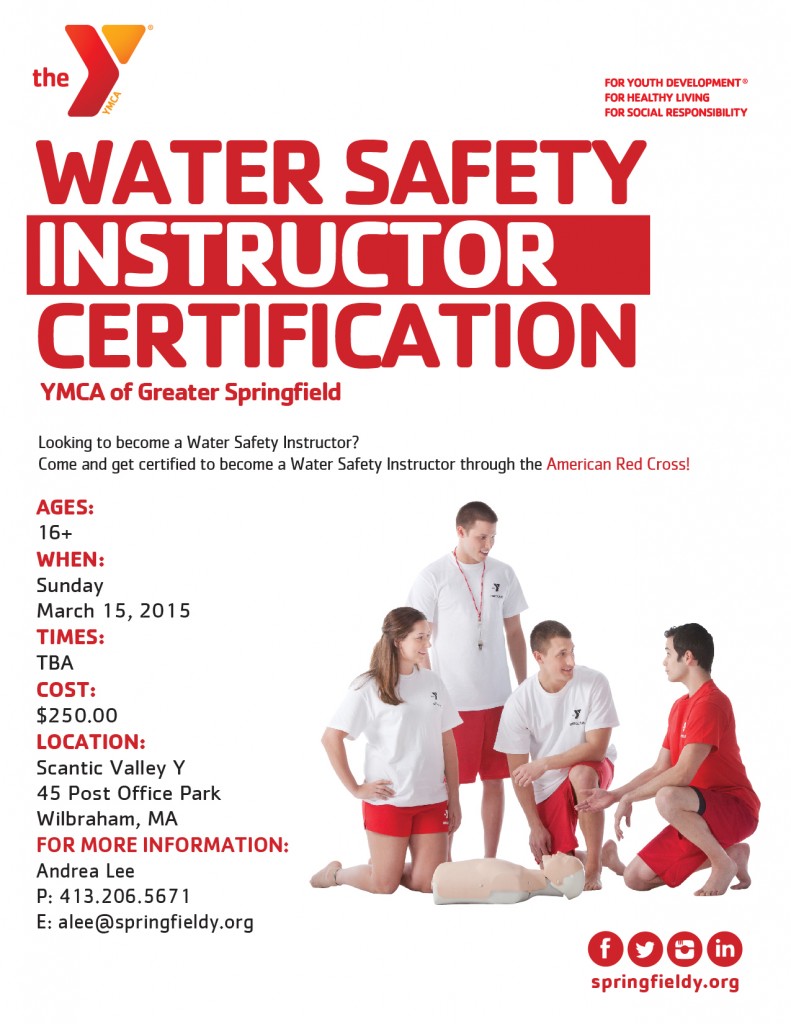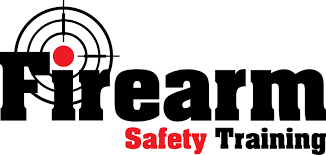
Handgun defense training can be of several types, and there are several different types of handgun classes. You can choose from Bullets & Bandages I or Fundamentals of Tactical Handgun II. There are classes that include Target ID training or Advanced Tactics. You will be armed with the tools you need to defend yourself when you take a good course in handgun defense. These are just a few of the many types of handgun classes.
Bullets & Bandages I
Bullets & Bandages at SIG Sauer Academy combines the worlds of emergency medicine and shooting into one class. Although this class does have the same logo as Dark Angel Medical's Tactical Medicine course, it is different in that it adds a live-fire element to the training. Bullets & Bandages, a course lasting three days, will teach participants how first aid can be administered under fire in a real-world situation.
The student will learn about the different types of gunshot wounds by reading "Bullets & Bandages". The student will see photos of entry and exit wounds. He will also learn about stab wounds, blast injuries, fractures, and torso problems. He will also cover the effects the bullet has on the lungs.

Tactical Handgun II: Fundamentals
Fundamentals of handgun shooting is the first step to becoming a certified firearms instructor. Fundamentals of Tactical Handgun I, the first course, teaches you how to conceal and shoot using simulated ammunition. This course contains power point instruction, target practice and video clips to reinforce basic gun skills. You can then enroll in Tactical Mindset after you have completed the Fundamentals course.
Tactical Pistol Fundamentals is a two-day event that teaches firearm safety and fundamentals. It emphasizes shooting skills and practical applications for self-defense, and incorporates other schools of thought. It also teaches students to use weapons in restricted spaces. Students will learn how to use their weapons in a controlled environment and how to keep them safe in case of violence.
Target ID class
The Target ID class is a comprehensive training program in handgun defense that teaches students how to react to self-defense situations. This class emphasizes proper target identification, situational awareness and threat quantification. It is a good choice for new shooters and is designed to help them feel confident and prepared in the event of an emergency. There are some prerequisites. It is necessary to be physically fit. Bring your gun, five magazines and 50 rounds of ammunition. A practice tourniquet is also recommended.
The course covers operation of the gun system, sighting and proper zeroing, manipulation of weapons system, as well shooting from various positions. The instructor will also teach you how to shoot through a windshield or at an angle of less than one meter. You will also learn how to use a flashlight, and how to keep a safe distance. You'll be able to use the handgun with confidence in a variety of situations and with a full knowledge of how to use it in a defensive situation.

Advanced Tactics class
Anthony M. Barrera M.D. has created the Advanced Handgun Defense Training Course. John S. Farnam will instruct. This course is a comprehensive overview and instruction on several less-lethal firearms. Instructors will be covering verbal defense commands and physical defense techniques. During this course, students will learn how to use multiple defense tools, including the handgun. Students will have many opportunities to practice the skills they learn.
HITS #1 focuses on stress-movement handgun drills. The students will be assessed on their ability maintain the gun, make quick repairs, and use appropriate cover. Students will learn how to safely use their hands to draw concealed guns from a duty belt. The course requires students to be physically fit and comfortable with their duty belts and holsters. Students can bring their handguns or AR rifles to class.
FAQ
The U.S. Department of Agriculture (USDA), estimates that about 1 percent of hunters kill deer each year.
USDA estimates that about 6 million Americans hunt deer. Only 2.2million actually shoot one.
This means that only 0.6 percent kill deer each year.
What is the most important aspect of hunting animals
How do we get there You must first learn how to accurately shoot. Then, it is important to know how to hit the target. Finally, we need to learn how we can make adjustments if we fail.
The most important part of hunting is knowing what you're doing. If you don't know what you're doing, then you'll never improve. Although you might believe you have improved your shots because you are better, if you don't know how to do it before, these shots won't matter. This is also true for hitting targets. If you don’t get why you’re not succeeding, you won’t be able to change. This means that it is essential to understand what your goal is.
This is where knowledge really comes into play. Knowledge is key to your ability to hunt. It's important to understand all you can about animals when you're outside in the wild. You should be familiar with their behavior, habits, and personalities. You can plan your hunts to make them run smoothly.
Always learn from people who have succeeded before you. This topic is covered in many books. In addition, there are websites like www.thehuntingzone.com that offer great tips and advice. You can also find people with years worth of experience. They can help you to identify what works well and what doesn’t.
Once you are confident in your knowledge, you can start to practice. Practice makes perfect. Practice is not enough. Instead, you should practice until you become confident. Confidence allows one to relax and enjoy each step. Relaxation can help you focus on the task in hand. Concentration will allow you to seize every opportunity. You can only be relaxed and focused when there are opportunities.
When you're ready to put your new skills to use, it's time to test them. Don't worry if you fail. You can keep improving and practicing. You will eventually achieve success.
What should I know about hunting
To hunt successfully, it is important to know how the animal moves, how its habits are and how to avoid getting hurt.
It is important that you are familiar with your state's hunting laws. Certain types of hunting are allowed in some states, while others ban it entirely.
Other factors include terrain and weather conditions.
If you are considering this hobby, consider whether you prefer to hunt alone or with your friends.
Hunting is an enjoyable activity for many people. This is because it helps you focus on your goal. If you are by yourself, you might miss your shot.
Hunting requires a lot planning. Planning is essential to ensure you hunt in the right place.
Your weapons must also be prepared. Before leaving home, you should clean your guns and check if they are working properly.
Hunting is a sport that requires proper clothing. Dress appropriately for the weather conditions and terrain.
Make sure you bring enough food and water with you. You should also carry extra ammunition and supplies just in case something happens.
Never leave anything behind. It could be damaged or lost.
You should pick a safe area that is free from predators before you go hunting.
Make sure you follow the rules set out by the government. These regulations protect both wildlife & humans.
How many deer-hunters are there in the U.S.
It is believed that there are over 20 million deer hunter in the United States. This includes professional as well recreational hunters.
What if I don't have a hunting license?
Yes, you can hunt with no license. This is a violation of the law.
You could face fines and even jail time.
Some states allow residents to hunt without a license. Find out if hunting is allowed in your state by checking with the department of Natural Resources.
Where can I purchase a gun? Is it necessary?
Certain species require a gun to hunt.
Most states require hunters to own a firearm. The type of firearm required depends on which game you want to hunt, and what state you live in.
At any sporting goods retailer, you can purchase a rifle or shotgun, handguns, muzzle loader and crossbow as well as an archery weapon.
Make sure you choose a weapon that meets your needs. You might look at a.22 caliber gun if your goal is to hunt small game such as rabbits, squirrels, and pheasants.
Consider purchasing a larger caliber gun if your goal is to hunt large game like deer, elk or bears.
If you don't feel confident handling a weapon, do not buy it. Guns are dangerous tools. Keep your gun unloaded until you're ready to shoot.
Be sure to inspect the gun before buying it. Ask the seller to show you how to load or unload the weapon.
Check out the manufacturer's warranty. If no warranty is provided, ask the dealer to provide a guarantee.
Ask the dealer for a duplicate of their safety instructions. These documents should include information about safe storage and maintenance.
Check the serial number. If the serial number starts with "NIB", it means "New In Box," this indicates that the gun is brand-new.
If the serial number begins by an odd number, it means that the gun has previously been owned.
Contact the manufacturer if you're unsure if the gun was used. They should be able tell you more about the gun's past.
Statistics
- In less than 20 years, Rhode Island saw a 40% drop in the number of hunting licenses for residents, according to The Valley Breeze. (stacker.com)
- According to the Wildlife Restoration Act, passed in 1937, most of the state conservation efforts are funded through hunting and fishing license sales and firearms sales. (stacker.com)
- Thanks to the 1937 Pittman-Robertson Act, an 11% excise tax was placed on the sale of firearms, which were then used for conservation. (stacker.com)
- Over the past 50 years, the number of hunting licenses in California has been on a rapid decline, falling 70% from more than 760,000 in the 1970s to under 268,000 in 2020—even as the state's population has skyrocketed, according to The Mercury News. (stacker.com)
External Links
How To
How to hunt wild turkeys
Wild Turkeys live in North America. They are common in Texas. Wild Turkeys can eat seeds, grasses, insects and other plant matter. In certain regions, wild turkeys eat berries or acorns as well as fruit from trees. Their diet keeps them healthy and strong. Wild Turkey feathers are used to make clothes and hats. The meat from their breast is eaten.
If you adhere to these guidelines, hunting wild turkeys can be safe. Wear long pants. Closed-toe shoes are best. Avoid wearing perfume or cologne, as it attracts prey. If you see a predator, do not run away. Instead, slowly walk toward your vehicle. You should remain calm and quiet as you approach the bird. It might take several tries before you get close enough to shoot. When you shoot at a wild turkey, use a shotgun loaded with 00 buckshot. It is best to only take one shot.
If your gun jams try again later. Avoid getting hit by flying particles. Lucky enough, a hunter may come and clean up after you.